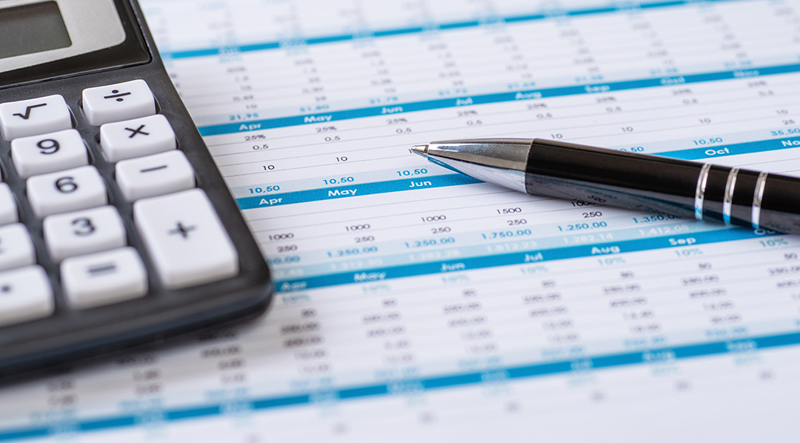Standard depreciation methods require depreciating the cost of fixed assets over several years, whereas two accelerated depreciation methods “bonus depreciation” and “Section 179 depreciation” allow 100% of the cost to be deducted against Federal taxable income in the year of purchase. Bonus depreciation is mandatory in the absence of an opt-out election, while Section 179 depreciation is optional.
100% bonus depreciation begins phase out after 2022
In 2022 bonus depreciation will result in a 100% deduction of the cost of such property placed into service by year-end. For subsequent years, the percentage of cost deductible in the year of purchase will decline by 20% each year (e.g., 80% is allowable in 2023, 60% in 2024, etc.) and ultimately phasing out completely in 2027.
Due to these phaseouts, there may be significantly greater tax savings if assets are placed into service during December as opposed to January the following year. As year-end approaches, finalizing fixed asset acquisitions becomes time-sensitive.
Property qualifying for bonus depreciation includes vehicles, furniture, manufacturing equipment, and software. Real property is generally excluded.
Section 179
Section 179 depreciation also permits taxpayers to deduct 100% of an asset’s cost in the year of purchase without the phase-out in years after 2022.
However, there are two limitations affecting the allowable Section “179 deduction.” First, the 179 deduction cannot exceed $1,080,000 annually. Second, the deduction cannot exceed annual taxable income. There is a carryover of disallowed depreciation under the second limitation, but not under the first limitation.
There is substantial overlap between the assets that qualify for Section 179 and those that qualify for bonus depreciation. In addition, for either method, to the extent a property’s cost is not fully deducted in the year of purchase, the balance is depreciated over its remaining life.
When considering the tax benefit of the two methods, State considerations should not be ignored. While every State jurisdiction allows 179 depreciation, most States disallow bonus depreciation and require taxpayers to utilize standard depreciation in lieu of bonus depreciation.
Start planning today to utilize available savings
We encourage you to seek counsel from an experienced tax planning specialist in order to maximize your savings when utilizing the accelerated depreciation methods, especially if considering 100% bonus depreciation. As the year draws to a close, it is important to consider external factors like supply chain issues or inventory when planning to place a piece of qualified eligible equipment into service before the 100% bonus depreciation drops to 80%.
Have a Question?
Fill out the form to speak with one of our tax professionals
By submitting this form, you agree to be contacted by UHY.







